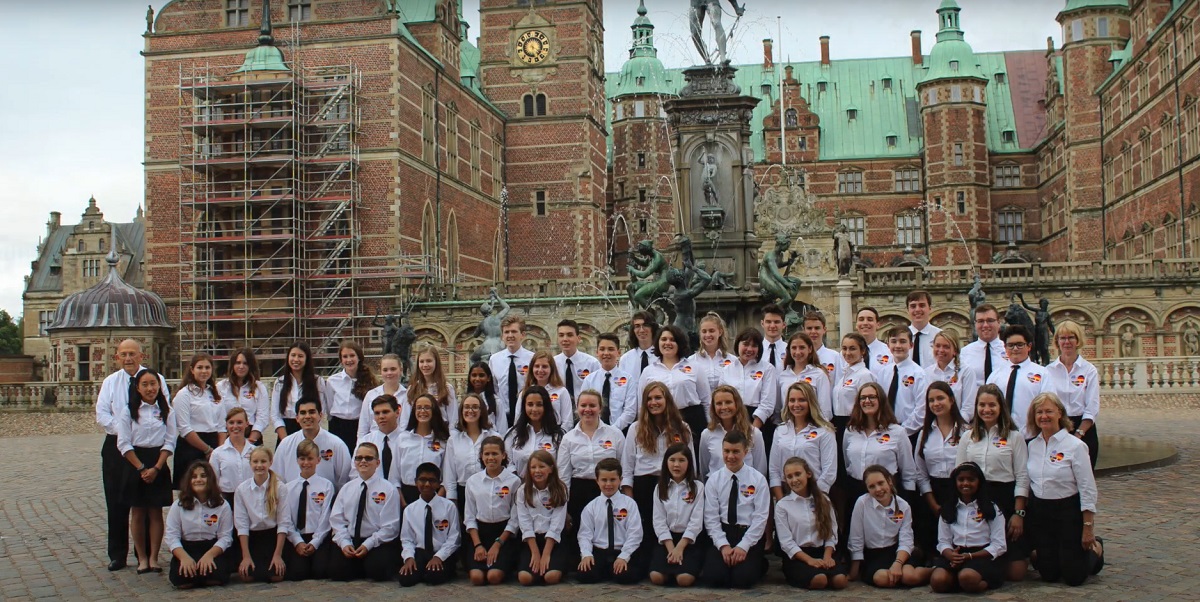 On April 12 Moorestown received a final Judgment of Compliance and Repose on our Housing Element and Fair Share Plan. This is great news for Moorestown, but affordable housing is a complex topic and there is a lot of confusion about the plan and what it means for Moorestown. So, I thought I’d use this column to clarify a few important points. This week I will address why this ruling is important for Moorestown, the basics of our plan, and whom affordable housing, also known as workforce housing, will serve. Next week I’ll get into some of the details of our plan and how and why those decisions were made.
On April 12 Moorestown received a final Judgment of Compliance and Repose on our Housing Element and Fair Share Plan. This is great news for Moorestown, but affordable housing is a complex topic and there is a lot of confusion about the plan and what it means for Moorestown. So, I thought I’d use this column to clarify a few important points. This week I will address why this ruling is important for Moorestown, the basics of our plan, and whom affordable housing, also known as workforce housing, will serve. Next week I’ll get into some of the details of our plan and how and why those decisions were made.
The Judgment of Compliance and Repose is critically important for our town for two reasons. First, it means we have met our constitutional obligation to provide a realistic opportunity for the development of affordable housing in our community. But significantly, it also means that we are protected from “builder’s remedy” lawsuits. A builder’s remedy is imposed by the courts when municipalities fail to provide opportunity for sufficient affordable housing and results in the municipality, planning board and zoning board losing all control over zoning.
In other words, a builder’s remedy could mean high-density, many-storied housing complexes being added ANYWHERE property can be obtained, regardless of how that property has been used in the past and what nearby property is used for. Historically, municipalities almost always lose builder’s remedy lawsuits, so this judgment provides critical zoning and economic protection for the future of Moorestown.
Our affordable housing plan is substantially based upon the March 2018 settlement between the Township and Fair Share housing Center (https://bit.ly/MoorestownAHSettlement). It includes existing affordable housing, proposed new development and mechanisms to address the need for housing over and above the available land for development. The settlement agreement set Moorestown’s affordable housing obligation at 1,167 units. However, because the township does not have sufficient vacant land available to develop that number of units, the settlement set a reduced number of 633 units that can be produced from available land, which is referred to as the realistic development potential (RDP). The difference between our obligation (1,167) and RDP (633) is 534 units; this difference is called our “unmet need”.
Legally, the township has an obligation to create a realistic opportunity to meet RDP (633 units) by the year 2025. Our plan to meet this obligation includes seven new development sites, community housing options, homes that will be sold at below market rates to qualifying families and the option for homeowners to add accessory rental apartments to existing homes. Of the new developments, most will be a mix of market rate and affordable, or workforce, rental housing.
Another important point about affordable housing, also referred to as workforce housing, is who will qualify to live there. For our region, an individual earning the average college graduate’s starting salary of about $54k would qualify to live in workforce housing, as would a single parent earning $61k per year.
Next week, I’ll continue this topic and address what’s happening at the Moorestown Mall and the issues that arose with planned development near Lockheed Martin.



